CNN
—
Whether you’re just starting to experiment beyond toast and pasta or you’re a seasoned home chef who throws a mean dinner party, there’s a cookbook out there that’ll serve as your gastronomical bible.
While these bound pages of recipes and food stories are fun to collect, the right ones can change the way you think about food, cooking and eating. So what makes a good cookbook? “Research and honesty,” says Reem Kassis, the author of two inspiring cookbooks, “The Arabesque Table” and “The Palestinian Table.”
“A good cookbook is a snapshot of a moment in time that should document what people ate, what the culinary landscape looked like and what the context for all of it was,” Kassis says. “It should give not only a sense of taste, but a sense of time and place as well. To do that right, authors have an obligation to do the research to understand the history behind the foods they are writing about.”
Cookbook author Joshua David Stein, whose newest book, “Cooking for Your Kids: At Home With the World’s Greatest Chefs,” will be released in June, doesn’t think you need a lot of cookbooks, just a few really good ones. “I recently got rid of 99% of my books. (I had 1,200!).” Stein purged all but three cookbooks (save the ones he wrote). The three that made the cut? “Six Seasons: A New Way With Vegetables” by Joshua McFadden, “At Home: A Caterer’s Guide to Cooking & Entertaining” by Steve Poses and “Everyone’s Table” by Gregory Gourdet.
While we think no cookbook can possibly be right for everyone, the collection below — a mix of classics and newer releases that we foresee becoming classics — does offer something for a range of palates, skill sets and priorities.

Julia Turshen
“Simply Julia: 110 Easy Recipes for Healthy Comfort Food” by Julia Turshen
This 2021 release from bestselling cookbook author Julia Turshen is packed with practical-but-still-special recipes that are ripe for weekday dinners and beyond. Turshen works with affordable ingredients and shares her secrets for using what you have on hand (take the list “Seven Ways to Use Leftover Buttermilk,” for example). You’ll find one-pot recipes, tips for meal planning and, surely, a couple of new staples to add to your cooking repertoire.
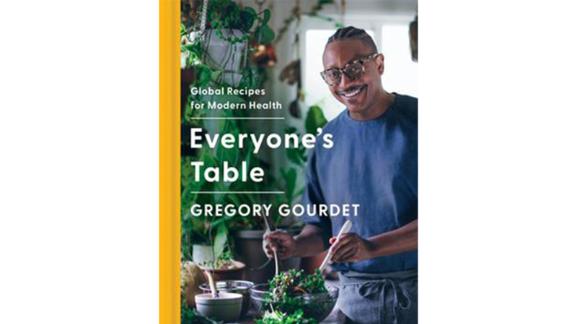
Gregory Gourdet
“Everyone’s Table: Global Recipes for Modern Health” by Gregory Gourdet
If you’re a “Top Chef” fan, you may recognize Gregory Gourdet from season 12, or more likely season 17, when he was a finalist in “All-Stars L.A.” Gourdet’s new book is sure to be an instant classic, as it fulfills the requirements for at least two vastly different needs: You’ll find recipes for healthy, filling weeknight dinners as well as some impressive dishes for a dinner party.
While this book is technically paleo, it’s not a classic caveman-meets-crossfit cult collection. Instead, the book’s 200 recipes are focused around nutrient-rich greens and heart-healthy fats. Gourdet samples Asian cuisines while also taking culinary inspiration from North and West Africa. In this book you’ll find savory meat stews, sauces and marinades that’ll find their way onto everything, plus new ways to serve your favorite veggies.
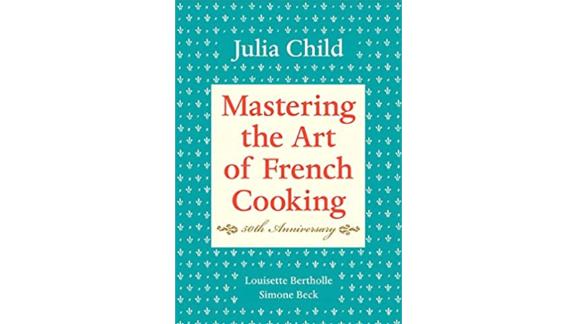
Julia Child
“Mastering the Art of French Cooking” by Julia Child
Julia Child’s famed cookbook is on virtually every “best cookbooks” list, and for good reason: Her 100-plus collection of French recipes is as instructive as it is inspiring. This guide is for both beginners and experts, and with an unstuffy approach to technique, it will teach you how to get more comfortable with dishes that you may have once found intimidating.
When you take Child’s lessons to heart, you’ll feel more equipped to tackle any recipe — especially the French ones — that may cross your path in the future.
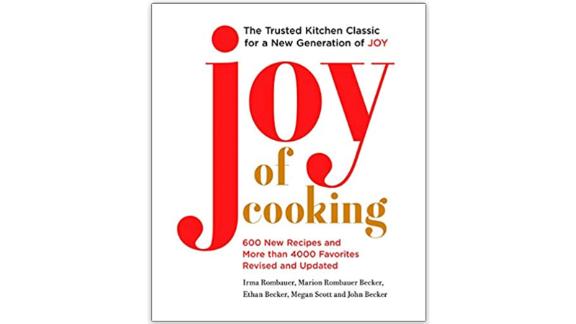
Irma Rombauer
“Joy of Cooking” by Irma Rombauer
Here’s another book that has earned a seemingly permanent place on most cookbook lists. “Joy of Cooking” has served as a trusted reference for home cooks since the 1930s — and, some might argue, every kitchen should house a copy.
This enormous classic encourages home cooks to come to the kitchen with patience, humor and, of course, joy, as it teaches both technique and adaptability.
The cooking encyclopedia is in its ninth edition — the thoughtful updates ensure the recipes offer a great mix of classic and modern fare, with ingredients that have evolved into American kitchen staples getting a focus.

Marcella Hazan
“Essentials of Classic Italian Cooking” by Marcella Hazan
It’s quite possible you’ve eaten red sauce dictated by this book — Hazan’s tomato sauce is simple yet seductive, and with only three ingredients, it’ll probably become your household staple once you give it a try.
Beyond sharing the how-to behind the venerable sauce, Hazan’s book will serve as your manual for mastering Italian cooking. Its practical tips and accessible recipes can be reinterpreted for years to come. Just don’t be precious about your copy — inevitably, the pages will become splattered with sauce.
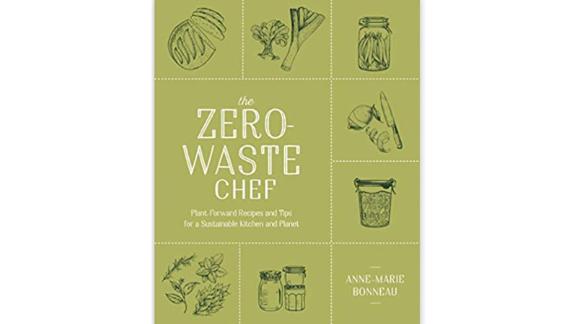
Anne-Marie Bonneau
“The Zero-Waste Chef: Plant-Forward Recipes and Tips for a Sustainable Kitchen and Planet” by Anne-Marie Bonneau
Anne-Marie Bonneau — aka the Zero-Waste Chef — has been guiding her readers for years about what it means to cook sustainably and deliciously, and how to do it while cutting down on food waste (in the US, it’s estimated that between 30% and 40% of all the food produced goes to waste).
Finally, Bonneau’s sage advice can be found in one place, along with 75 vegan and vegetarian recipes that put the lessons you learn into practice.
Since food waste is a great contributor to climate change, this one’s a good pick for anyone interested in doing more to save the planet, or anyone who wants to get back to the roots of the kitchen. You’ll learn to make sourdough from the whey leftover from the ricotta cheese you also learn to make, and along the way Bonneau will remind you that this journey is all about progress, not perfection.

Frances Moore Lappé
“Diet for a Small Planet” by Frances Moore Lappé
Speaking of climate change, it’s pretty difficult to talk about cooking without touching upon food’s greater impact on the planet. That’s why this longtime classic, “Diet for a Small Planet,” which is in its 20th edition, should earn a spot on your shelf.
Frances Moore Lappé’s beloved little book breaks down some simple rules for eating a healthy diet, including clever food combinations that deliver all the nutrition you need (yes, protein) without meat. Even if you’re never giving up meat, there’s a lot to learn from this powerful guide, which is packed with more than 100 recipes.

Samin Nosrat
“Salt, Fat, Acid, Heat: Mastering the Elements of Good Cooking” by Samin Nosrat
You’ve undoubtedly had a cooking moment where you’ve tasted a sauce only to think, “This could use a little something…” Samin Nosrat’s “Salt, Fat, Acid, Heat” will develop your abilities so you’ll be able to identify exactly what that “something” is.
Nosrat’s cookbook resonated so deeply with its readers that it was turned into a Netflix series of the same name. Her cooking philosophy? Master the principles of salt, fat, acid and heat and you can do just about anything in the kitchen. When you do this, you’ll acquire the power to make anything taste better. Plus, her 100 recipes will help you put your new knowledge to the test in the most delicious ways.
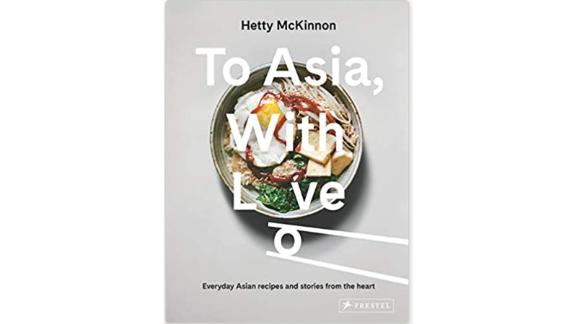
Hetty McKinnon
“To Asia, With Love” by Hetty McKinnon
First and foremost, Hetty McKinnon’s “To Asia, With Love” is a masterful cookbook with recipes that have turned into viral sensations. But it’s also, in part, a memoir that pays homage to the flavors that defined McKinnon’s childhood and the person (her mother) who nurtured her to understand food as love.
The recipes in here range from classic to modern, and they’ll certainly encourage you to give your pantry staples a refresh. You’re going to learn fast that your favorite foods aren’t the same without ginger, miso and curry spices. You’ll crave these noodle, dumpling, salad and rice dishes that take inspiration from all over Asia — McKinnon makes it easy by offering smart substitutes and tweaks to turn every recipe into a family favorite.
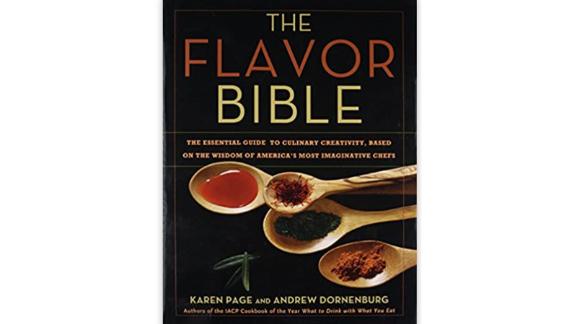
Karen Page
“The Flavor Bible” by Karen Page
Less of a cookbook, more of a, well, bible, “The Flavor Bible” will help you become an artist in the kitchen by understanding the science of cooking.
Huh? You know how great chefs seem to have an innate understanding that, say, cheese plus watermelon can make your taste buds dance, or that bacon plus Brussels sprouts is reliably irresistible? These are the concepts you’ll get to understand with “The Flavor Bible.”
The book will essentially make you a smarter, better cook, because if you understand how to pair flavors perfectly and learn to substitute ingredients without running to the store every time, then you’re not just crafty, you’re efficient too.

Raghavan Iyer
“660 Curries” by Raghavan Iyer
“It’s like an encyclopedia of Indian curries,” Kassis says of Raghavan Iyer’s extravagant guide, which can serve as your foundation for Indian cooking.
“Curry” isn’t just a spice; it can encompass all kinds of foods and flavors, and this book proves it: Recipes include tilapia in yogurt sauce (calcutta), spinach in pigeon pea-coconut sauce, and lamb shanks braised in a fennel and cumin-kissed broth. And, while some of these might sound complicated, many of the recipes are one-pot wonders that pack in more flavor than you could imagine.
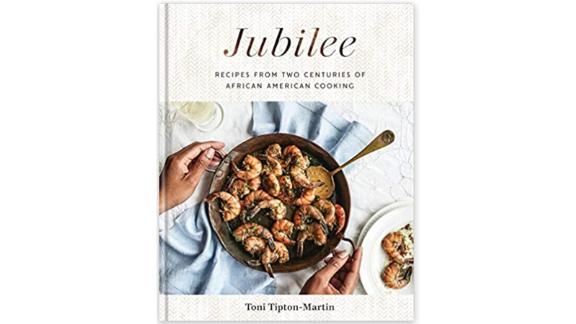
Toni Tipton-Martin
“Jubilee: Recipes From Two Centuries of African American Cooking” by Toni Tipton-Martin
With this book, culinary journalist Toni Tipton-Martin celebrates some of America’s most influential recipes, focusing on the creations of Black cooks who were rarely given credit for their sophisticated, innovative and delicious contributions to American cuisine.
Beyond the fascinating and vital history lessons this book provides, you’ll get cooking techniques, nostalgic flavors and more than 100 recipes that’ll soon become favorites. Think: seafood gumbo, bourbon and apple hot toddies, and jam cake.
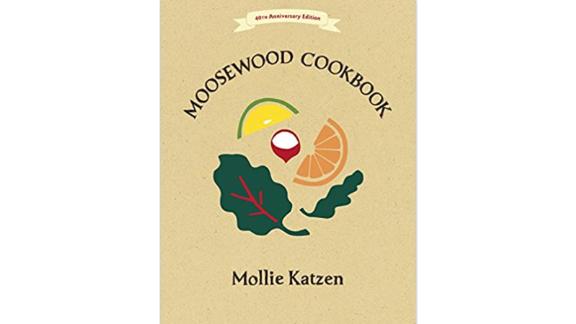
Mollie Katzen
“The Moosewood Cookbook” by Mollie Katzen
This seminal cookbook is often credited for ushering vegetarian food into the mainstream, and it is beloved by veg-heads and omnivores alike. The bestseller includes diverse recipes that prove vegetarian doesn’t mean boring or bland. You’ll learn to cook seasonally and to feed a crowd on a budget while also sharpening your cooking techniques and flavor knowledge.
Consider this guidebook your 101 to meat-free cooking; you’ll learn to prepare tart and tangy baked beans, broccoli mushroom noodle casserole and zucchini-feta pancakes — all dishes, along with other soups, stews and salads, that are as economical as they are satisfying. And just plain good.
